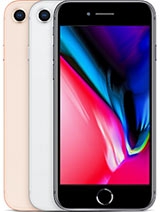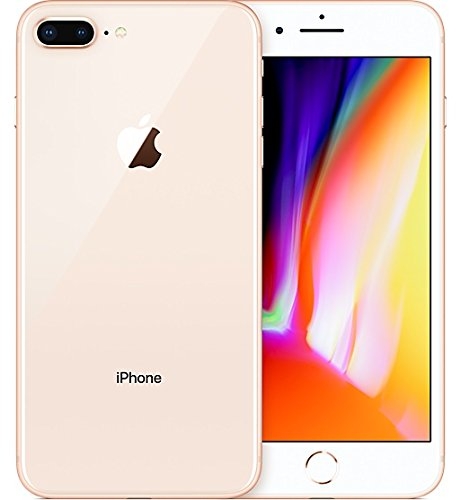The Apple iPhone 8 and iPhone 8 Plus finally bring USB Power Delivery technology to the iPhone albeit over Apple's Lightning connector.
Apple's history with USB Power Delivery first started on the Mac over the USB Type-C connector but soon ended up on the 12.9-inch iPad Pro and later on the 10.5-inch iPad Pro using the Lightning connector. For the longest time, Apple kept to 5W charging on its iPhones while most other Android phone brands had since adopted fast charging through USB Power Delivery, Qualcomm Quick Charge, or some other proprietary method.
When testing the iPhone 8 with the Apple 29W USB-C Power Adapter, we can see that the iPhone actually is able to negotiate over USB Power Delivery and charge up to 13.9W (14.8 volts @ .94 amps). Unlike many China brands like Huawei and OPPO that have stayed with 5 volts but increased the current to 4-8 amps, Apple decided to bring voltage high while keeping current below 1 amps.
We also tested the iPhone 8 with the Google 18W USB-C Power Adapter and was happy to see that the iPhone could charge with non-Apple chargers at a similar power range as its own chargers.
Of course, the big thing that Apple promotes with the iPhone 8 is Wireless Charging. Fortunately, Apple has adopted the Qi (pronounced “CHEE”) standard to provide wireless charging rather than develop something that was proprietary. This allows a more open standard where 3rd party companies like Belkin and Mophie can create accessories to support this feature. Apple's main rival, Samsung, already support this standard, so it’s nice that Apple decided to not invent a new proprietary version.
Like Samsung, Apple has also decided to be an early adopt Bluetooth 5.0 LE to better support new Internet of Things applications.
With the new A11 Bionic processor, the iPhone 8 leaves competitors behind with its six-core CPU design. Overall, system is improved with up to 70% performance increase while graphics up to 30%. Apple is betting on future applications that will take advantage of AR (Augmented Reality). Developers will be rolling out AR related games and applications to take advantage of this new hardware.
Apple has also realized that 16/32 GB configurations were too small for most customers, so the smallest size is now 64 GB. With the maximum size topping off at 256 GB, you will have plenty of space to capture your video events and pictures. If you decide to get the 256 GB, be prepared to pay $949 for all that space.
The rear of the iPhone 8 is now made of glass, similar to the front. Apple claims that this is the "most durable ever in a smartphone". Unfortunately, if you need replace the rear glass in case of damage, the AppleCare cost is $99 whereas the front glass repair fee is $29.
The front-facing 7 MP camera used a lot for "selfies" is the same from the iPhone 7. The rear facing 12 MP camera has slight improvements with a larger sensor and faster sensor, color filter and optical image stabilization for your photos and videos. This means less shaking as you're trying to capture your moments.
After purchasing the iPhone 8 from the Apple Store, we can see that it comes with basically the same accessories as the previous model.
The iPhone 8 and iPhone 8 Plus still have the home button which disappears from the iPhone X, and will be more appealing to those not yet comfortable with using facial recognition to unlock the phone.
We will be doing a series of reviews to see which USB Power Delivery chargers work well with the iPhone 8.
 GTrusted
GTrusted






























